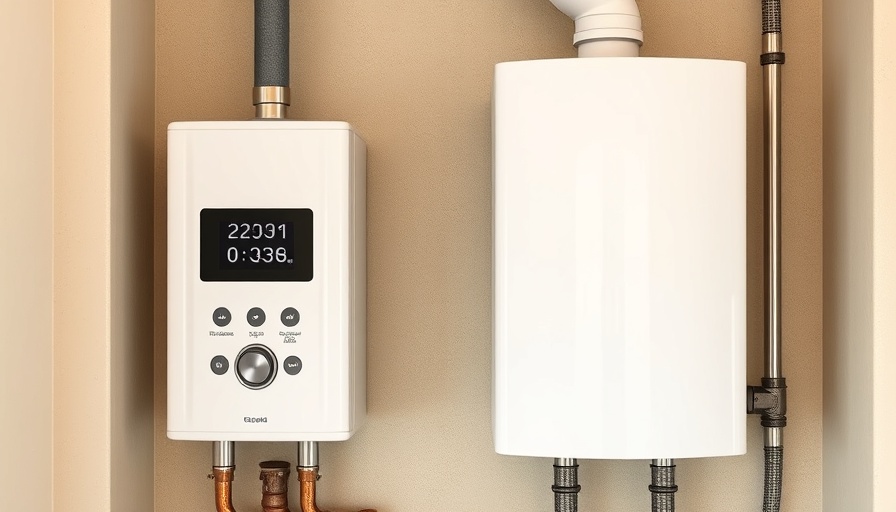
Troubleshooting Common Navien Tankless Water Heater Error Codes
Tankless water heaters have revolutionized modern plumbing by providing instant hot water without the need for bulky storage tanks. However, like all technology, they can be prone to malfunction, particularly when they display error codes. Understanding these codes and how to troubleshoot them can save you time and money. Here’s an overview of some common error codes associated with Navien tankless water heaters and practical solutions.
Error Code E001: Overheating Heat Exchanger
Error E001 indicates that the heat exchanger is overheating, which could stem from a malfunctioning internal pump or excessive air in the recirculation system. To resolve this, check the recirculation pump to ensure it’s operational. If it’s not functioning correctly, replacement may be necessary. Purging any trapped air can also help restore optimal operation.
Error Code E002: Low Water Pressure
Experiencing error code E002? This usually means that the water pressure is too low for the heater to operate effectively. When this happens, the system will typically reset automatically once normal water pressure is restored, so it’s important to verify that there are no issues with your water supply.
Error Code E003: Ignition Failure
This is a common issue indicating that ignition has failed to occur. Take a moment to inspect the main gas supply for any blockages or issues. Ensure your igniter is operational and delivering a spark as intended. If the gas flow is adequate and the igniter is functional, expert assistance may be needed.
Error Code E004: False Flame Detection
Error code E004 signals that the system has detected a flame error. This can be caused by a loose ground wire or a faulty igniter. Inspect the ground wire connection carefully and verify that your igniter is working effectively. Replacing components may be required for persistent issues.
Error Code E007: Problems with Hot Water Outlet
Error E007 suggests there may be an issue with the thermistor in the hot water outlet. Check if it needs replacement to ensure the heater receives accurate readings and works efficiently. If you’ve experienced similar issues with pseudo error E008, a replacement thermistor may also be needed.
Maintaining Your Tankless Water Heater
Regular maintenance of your Navien tankless water heater is essential to avoid these common pitfalls. If you're not comfortable tackling any of these errors yourself, consult a professional technician to identify the underlying problems accurately. Engaging a professional can prevent further complications and extend the life of your unit.
Conclusion: Take Action for Continuous Hot Water
Understanding Navien error codes not only empowers you to troubleshoot effectively but also enhances the longevity and efficiency of your water heating system. By preemptively addressing these common issues, you can ensure a consistent supply of hot water. So, whether you're dealing with an unfamiliar error code or want to preemptively maintain your heater, don’t hesitate to seek assistance when required.
 Add Row
Add Row  Add
Add 




Write A Comment